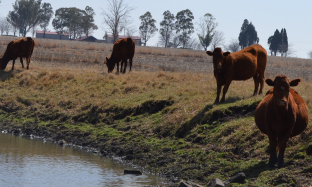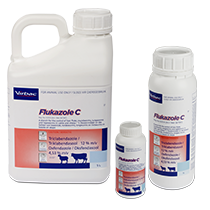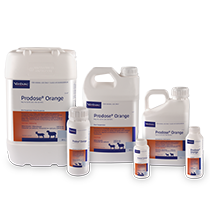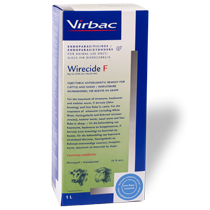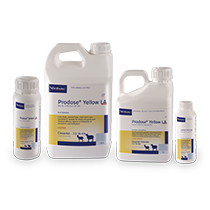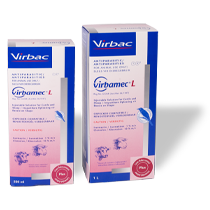
LIVER FLUKE - CONTROL PROGRAM
Effective liver fluke control can be a challenge! The number of parasites in the host must be reduced as well as the fluke population present in the environment.
Effective, sustainable control must be based on an integrated parasite control program that includes, chemical control (dosing of animals), grazing management, fencing of infected areas (where possible) and the repair of leaking troughs (which reduces the habitat of the intermediate host). The chemical control of freshwater snails through the application of copper sulphate is usually impractical and can be dangerous for the animals!
Timing of liver fluke treatments is one of two key factors for effective liver fluke control. It is based on the following:
- Curative treatment:
Autumn (April / May). The autumn treatment is to control early immature, immature and adult liver flukes to reduce liver damage.
- Preventive treatment:
Late Winter / Early Spring (Aug / Sept). This treatment is essential to remove remaining liver fluke and to reduce re-contamination of the pasture with liver fluke eggs.
- Optional treatment:
Summer (Jan / Feb). In areas where the liver fluke infestation is very high, this treatment is necessary to ensure optimal control.
Product choice is the second key factor in effective liver fluke control.
By controlling liver fluke as effectively as possible, the damage can be limited. To this end, controlling the early-adult stadia that penetrate the liver and then migrate is critical! Therefore, timeous treatment and the use of effective remedies are of importance.
-
Oral dosing: Triclabendazole is the active ingredient of choice to control the liver fluke in the liver. Keep in mind that no treatment can control the migrating stage from the small intestine to the liver! (< two weeks old) Oral dosing is the most effective way to control the early adult stage (≥ two weeks old), which is also the most damaging.
-
Injectable treatments control only certain stadia in the liver. The most commonly used products contain clorsulon/ivermectin, as well as those containing closantel, only control the adult stages in the bile ducts. Injectable treatments containing closantel may assist in controlling the immature and mature liver fluke at the higher recommended dosage.
Use Flukazole C once or twice in the liver fluke control program, especially in areas where liver fluke infections are high. The synergistic combination of Flukazole C's two active ingredients (triclabendazole and oxfendazole), offers broad-spectrum control that includes:
- Liver control - effective control of the first controllable 2-week-old immature stage (when it enters the liver), up to and including the adult stage,
- Roundworm control and
- Milk tapeworm control
The benefit of treating your livestock with Flukazole C is confirmed by local and overseas trials. Please contact your Virbac Technical Sales Advisor for more information regarding the confirmation of liver fluke infection on your farm, as well as an appropriate control program.
Liver fluke control for optimal liver health in cattle and sheep

